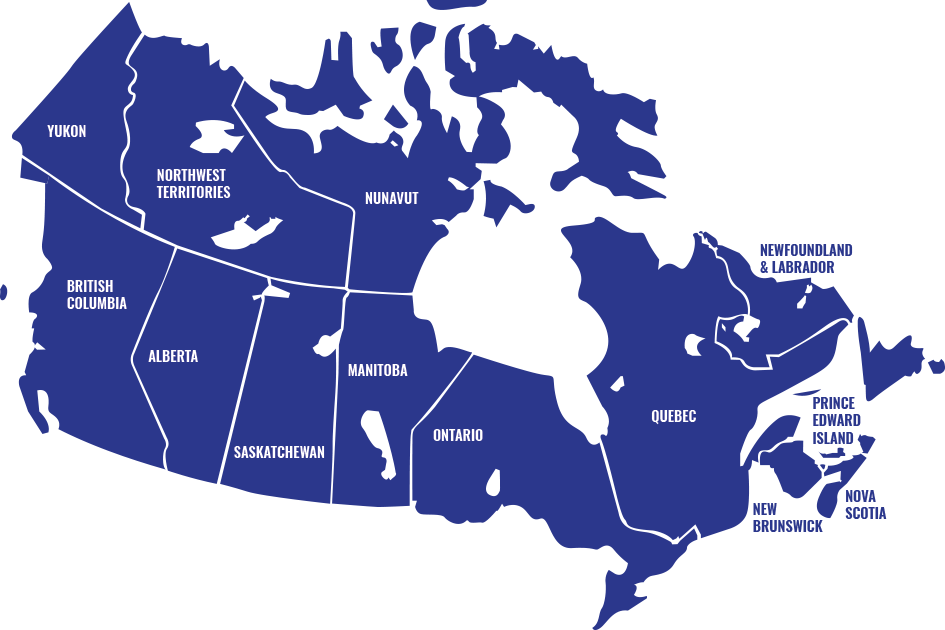Due to the high amount of torque needed when using wrenches in industrial settings, hand injuries are common. Follow these safety tips to prevent hand injuries when using wrenches.
1) Only use quality wrenches. Good wrenches will not only last you longer, but will not slip as easily as cheaper ones. They will save you money over the long haul and provide you with better use and safety.
2) Match your wrench size to the job. You will achieve the best leverage when your wrench size and length are appropriate for your job. Make sure you achieve complete contact and know which way it needs to be turned before turning.
3) Always pull, never push. Position your body so that you are pulling to turn the wrench instead of pushing. This will save your knuckles when the wrench slips.
4) Keep wrenches clean. Make sure your wrenches are always clean and dry before using. Make sure they are free from oil to avoid serious injury from slipping.
5) Never strike a wrench with a hammer. You will risk damaging your wrench if you hit it with a hammer for more power unless it is specifically designed to be hit. Find another way to loosen it.
6) Do not attempt to add leverage with other objects. Adding leverage by extending the length of your wrench with a pipe or other object may seem like a smart technique. However, you risk bending your wrench handle or damaging the head. You also risk the pipe or other object slipping and causing serious injury to you or someone else. Instead, use a longer wrench.
7) Never use a damaged wrench. If a wrench handle or jaws are bent, it is weakened and shouldn’t be used. Also, do not try to bend it back into shape as this will only weaken it further.
What are the hazards of using wrenches?
Hazards may vary depending on the work and can include:
- The wrench slips off of the work,
- The workpiece may suddenly break free causing you to lose balance,
- The wrench or workpiece may break, or
- Turning the handle quickly or with pressure may create stress and strains on the hand or arm.
What are general safety tips when using wrenches?
- Use the correct wrench for the job - pipe wrenches for pipes plumbing fittings, and general use wrenches for nuts and bolts.
- Discard any damaged wrenches (e.g., open-ended wrenches with spread jaws or boxes wrenched with broken or damaged points).
- Select the correct jaw size to avoid slippage.
- Wear safety glasses or a face shield (with safety glasses or goggles) where there is a hazard of flying particles or falling debris.
- Position your body in a way that will prevent you from losing balance and hurting yourself if the wrench slips or something (e.g., a bolt) suddenly breaks.
- Use a box or socket wrench with a straight handle, rather than an offset handle, when possible.
- Ensure that the jaw of an open-ended wrench is in full contact (fully seated, "flat", not tilted) with the nut or bolt before applying pressure.
- When turning with an adjustable wrench, the direction of the turn should be against (towards) the permanent jaw.
- Ensure that the teeth of a pipe wrench are sharp and free of oil and debris and that the pipe or fitting is clean to prevent unexpected slippage and possible injuries.
- Apply a small amount of pressure to a ratchet wrench initially to ensure that the ratchet wheel (or gear) is engaged with the pawl (a catch fitting in the gear) for the direction you are applying pressure.
- Support the head of the ratchet wrench when socket extensions are used.
- Pull-on a wrench using a slow, steady pull; do not use fast, jerky movements.
- Stand aside when work is done with wrenches overhead.
- Make sure adjustable wrenches do not "slide" open during use.
- Keep tools well maintained (cleaned and oiled).
- Clean and place tools and wrenches in a toolbox, rack, or tool belt after use.
What should I avoid doing when using wrenches?
- Do not use push on a wrench - losing your balance is more likely if the wrench slips.
- Do not use a wrench that is a bent handle or is damaged.
- Do not use worn adjustable wrenches. Inspect the knurl, jaw, and pin for wear.
- Do not pull on an adjustable wrench that is loosely adjusted.
- Do not use pipe wrenches on nuts or bolts.
- Do not use pipe wrenches for lifting or bending pipes.
- Do not use a wrench on moving machinery.
- Do not use the wrong tools for the job. Never use pliers instead of a wrench or a wrench as a hammer.
- Do not use a make-shift wrench.
- Do not insert a shim in a wrench for a better fit.
- Do not strike a wrench (except a "strike face" wrench) with a hammer, or similar object, to gain more force.
- Do not increase the leverage by adding sleeved additions (e.g., a pipe) to increase tool handle length.
- Do not expose a wrench to excessive heat (like from a blow torch) that could affect the temper of the metal and ruin the tool.

